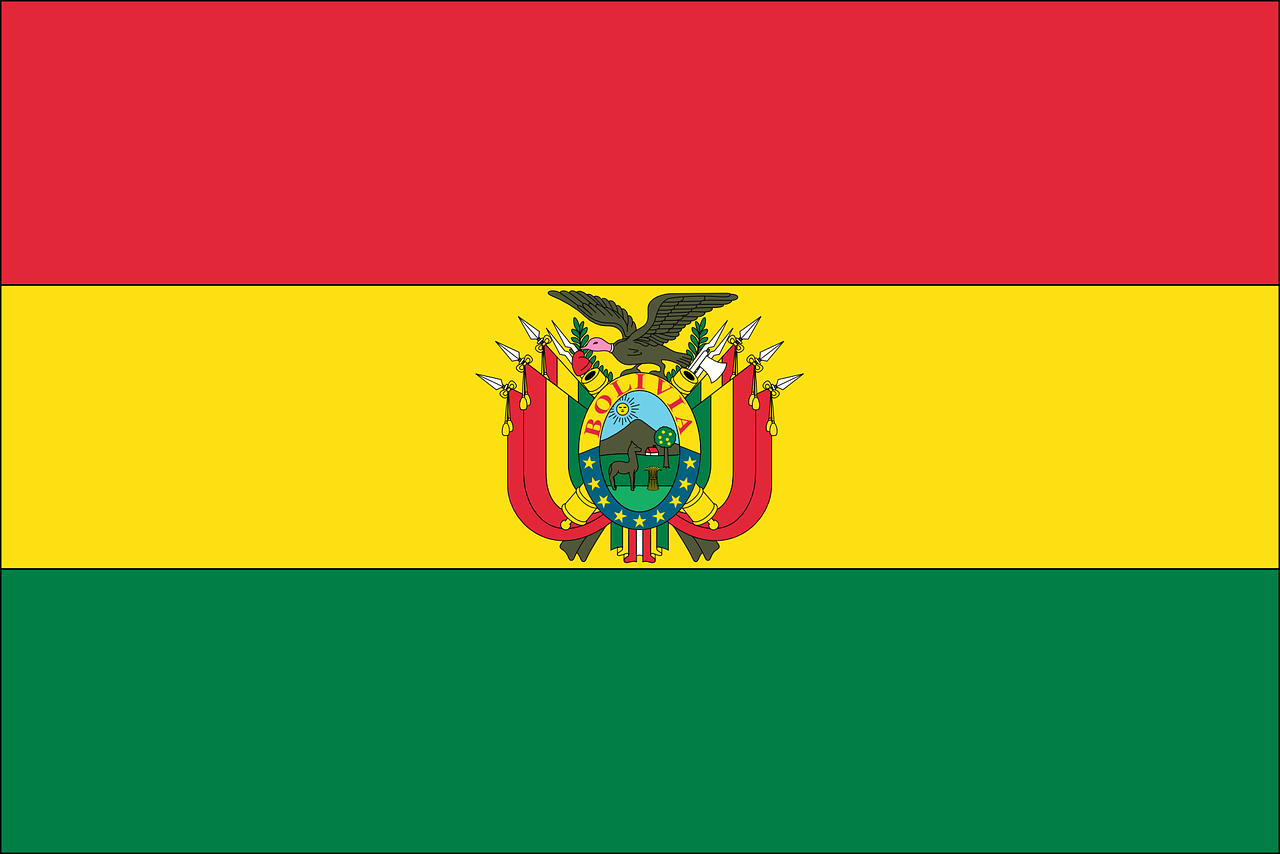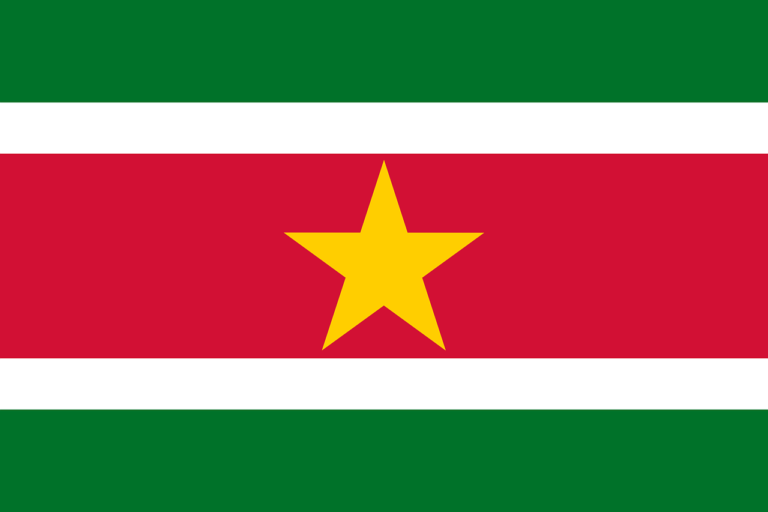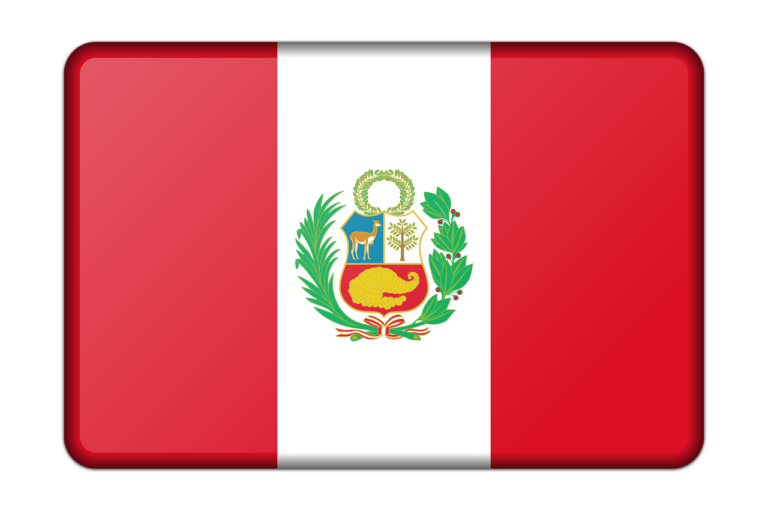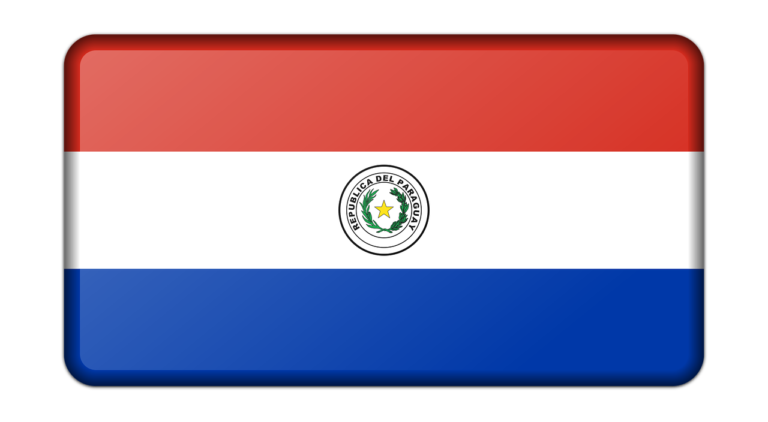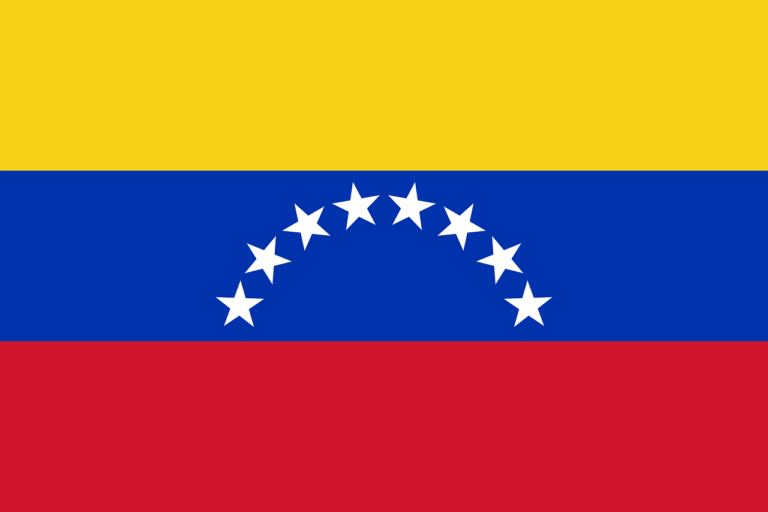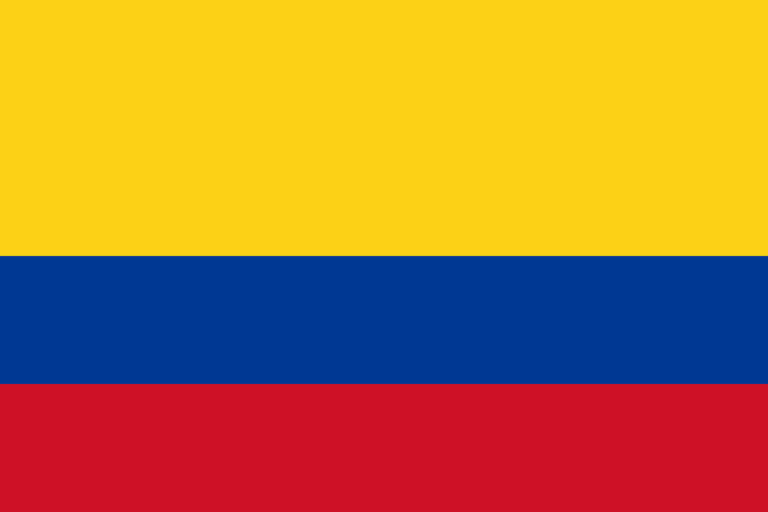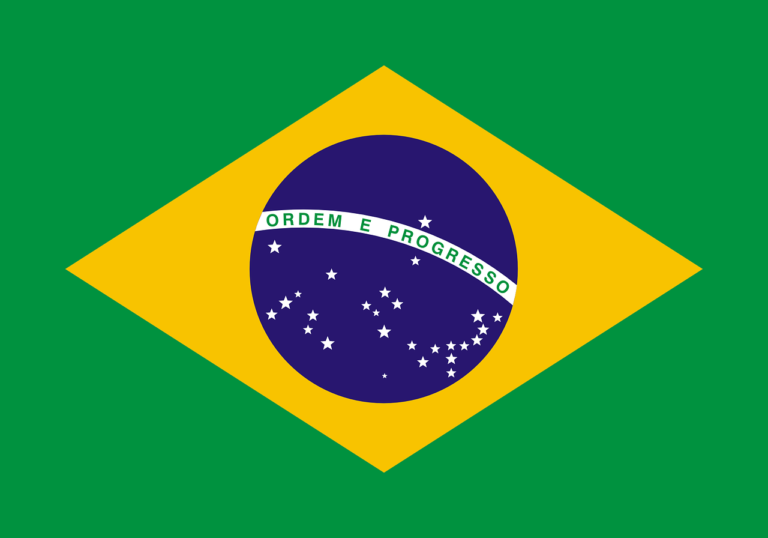Flags have the power to unite a nation, symbolizing its history, culture, and aspirations. In the diverse and colorful land of Bolivia, the country proudly flies its national flag, representing its rich heritage, unity, and the spirit of its people. In this blog post, we will embark on a visual journey through the captivating flags of Bolivia, exploring their symbolism, historical significance, and cultural importance. Join us as we celebrate the vibrant tapestry of Bolivia’s flags.
The National Flag of Bolivia:
The national flag of Bolivia, known as the “Wiphala,” is a unique and vibrant representation of the country’s indigenous cultures. The Wiphala consists of a square divided into seven horizontal stripes of different colors. The stripes vary in order and arrangement, representing the diversity of the indigenous groups in Bolivia.
Symbolism and Meaning:
The colors on the Wiphala hold deep symbolism. The red color symbolizes the earth and the courage of the Bolivian people. The orange signifies society and culture. The yellow represents energy and strength. The white symbolizes time and wisdom. The green signifies natural resources and fertility. The blue represents the heavens and the Andean lakes. The purple signifies the indigenous people and their connection to the spiritual realm.
Historical Significance:
The Wiphala has a long and storied history in Bolivia. It dates back to pre-Columbian times when the indigenous peoples of the Andes used colorful textiles to represent their communities and their social, cultural, and political identities. Today, the Wiphala is recognized as the national flag of Bolivia, representing the unity and diversity of the country’s indigenous population.
Cultural Importance and Unity:
The Wiphala is a symbol of cultural pride and unity among the indigenous peoples of Bolivia. It represents their rich heritage, traditions, and their important contributions to Bolivian society. The flag serves as a unifying emblem, fostering a sense of identity, belonging, and equality among the diverse ethnic groups that make up Bolivia’s population.
Variations of the Wiphala:
The Wiphala has various regional and local variations, each representing specific indigenous groups or communities within Bolivia. These variations may have different color arrangements or additional symbols that hold particular meaning for the respective communities. They serve as a testament to the cultural diversity and the strong indigenous presence in Bolivia.
The Wiphala, with its vibrant colors and intricate design, stands as a cherished symbol of Bolivia’s indigenous cultures, unity, and pride. It represents the country’s rich cultural heritage, diverse traditions, and the enduring spirit of its people. As Bolivia continues to embrace its future, the Wiphala will remain a powerful emblem, reminding its citizens of their shared roots, values, and the remarkable diversity that makes Bolivia a truly unique nation.
